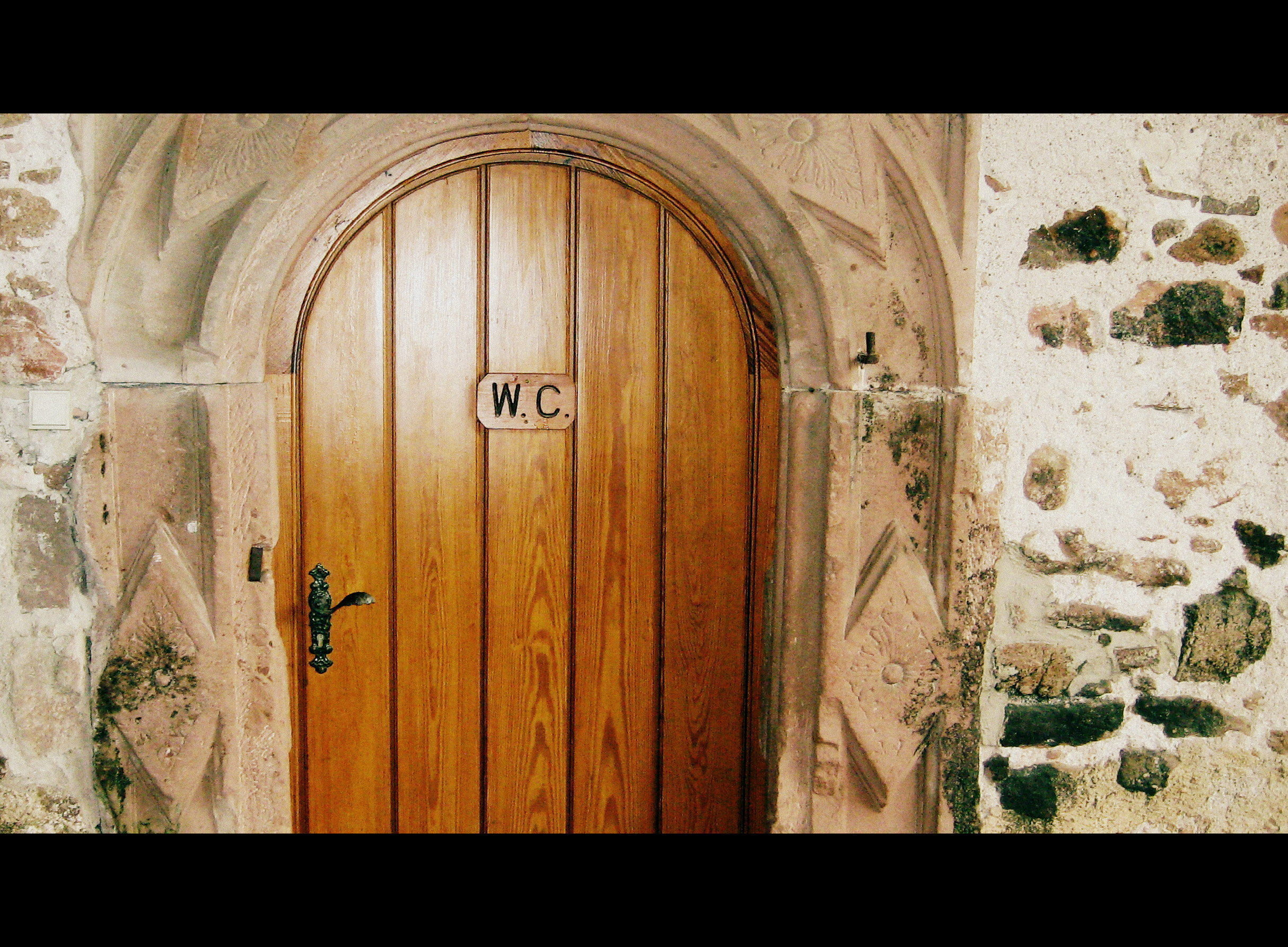I believe I can safely state that we have all had a time where the desire for a restroom outweighs any rational decision making typical of humans. You know what I’m talking about–like that time you were in Belize and chose the bucket over the latrine in the middle of a massive thunderstorm, or when you were driving through France and thought that those quaint little European villages always had tidy WCs,’ only to find it is a literal hole in the ground, with treaded spots so your precious tennis-shoed feet wouldn’t slip. Yes, we all know and love the feeling of arriving back home in the US, where our only typical qualm with the gas station bathrooms are the lonely ladies’ numbers written sideways on the white tiled walls in red sharpie. But the whole world does not feel this way about its powder rooms. Some countries, like Austria, South Africa, and many others, constantly keep their loos privy to the latest cleaning products and fashionable bathroom technology (Dyson Airblades: need I say more?). So precisely, why is it that some countries take such painstaking pride in their national toilets, and others write them off to the lowest of budgets?
â–º FINALIST 2012 TEEN TRAVEL WRITING SCHOLARSHIP
Germany: when it comes to restrooms, this absolutely fantastic country, which I have had the pleasure of visiting on two occasions, lives down to its cold, efficient stereotype. They truly do have remarkable restrooms, from the consistently stocked toilet paper rolls to the fact that in the middle of absolute nowhere, in the Black Forest under an abandoned monastery, the proper and neat plaque reading ‘WC’ hangs, waiting patiently on a door, inviting the annual two hikers who happen upon it to gaze in wonder at the pinnacle of lavatories. Only in Baden-Baden, near the French border, was the masterful German engineering of restrooms infiltrated by the scheming Frenchmen, who probably chuckled evilly as they smuggled hand soap and Dyson Airblades across the border to display them in museums as foreign culture. Most certainly, having traveled in France, I can vouch that the subpar bathrooms I chanced upon have few rivals in their depressing qualities, redeemed only by the fact that they are at least public and prevalent. This does not make up, however, for the abundance of outdated and unsanitary hand dryers (the cloth ones that after you dry your hands go FWISH and gobble the dirty towels back into itself) or the overpriced, dirty public bathrooms. This is not to say that all French bathrooms are bad, but I am still scarred at my experience with the, ah, quaint village bathroom.
But again, why? Why do they differ so?
Clearly, the differences are engrained in the specific country’s culture, but what facet of a people dictates the treatment of the Water Closet? If you examine the nations who keep their washrooms spotless, you will see a trend of self-awareness, countries who have a self-made image to maintain: proper, polite, neat, orderly. When you venture into the lands of passionate expressionism, the speakers of the languages of love, they care not of such petty things as bathrooms. Bathrooms are so widely diverse because they are the most personal representation of a culture. The self-conscious nations keep this personal illustration tidy and ship-shape, just as they want to be seen, and the emotive countries busy themselves with just how to best express their feelings, on canvas, in music, in person.
The bathroom is art; it is the truest form of self-representation.
Dear Reader: This page may contain affiliate links which may earn a commission if you click through and make a purchase. Our independent journalism is not influenced by any advertiser or commercial initiative unless it is clearly marked as sponsored content. As travel products change, please be sure to reconfirm all details and stay up to date with current events to ensure a safe and successful trip.
